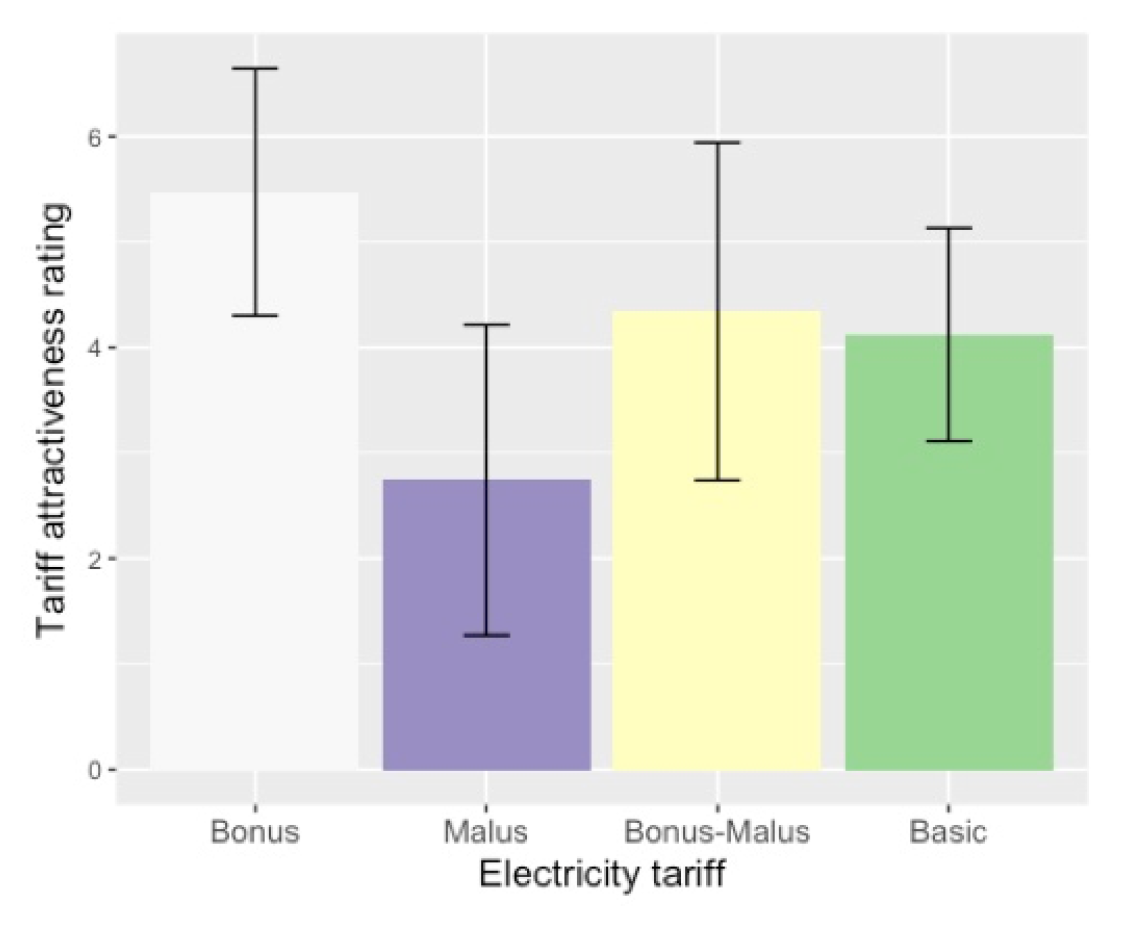Axpo, Alpiq, BKW & Co: Swiss electricity suppliers play a major role in whether and how energy policy goals are achieved. They determine the sustainability of their electricity supply and fix the price of various electricity mixes. As yet, these tariffs are constant, i.e. power leaving the electric outlet always costs the same amount, regardless of how high total consumption is. Variable electricity tariffs, on the other hand, are a promising approach for motivating consumers to save energy.
Many consumers are aware of what needs to be done: doing laundry at lower temperatures, switching off lights when they are not needed, making sure that electronic appliances are not left in the standby mode but switched off. However, there is no real incentive to aspire to energy-conscious behaviour. Within the household budget, the cost of electricity consumption is not significant enough. Variable power tariffs should change this: their aim is to create a financial incentive for consumers to save electricity. The research teams of Martin Patel and Tobias Brosch at the University of Geneva have now investigated what type of tariff system can actually incite people to change their behaviour.
In a first step, the scientists undertook an overview study of previously conducted research work that had investigated variable tariffs in six countries, namely Canada, the USA, Japan, China, Germany and Switzerland. They were able to identify two different approaches. The first is a progressive tariff system that penalises higher electricity consumption by means of increasing power prices. The second approach is a bonus system, also known as an electricity saving feed-in tariff, which is also intended to encourage consumers to save energy, but with a reward system: those who consume less are rewarded financially.










